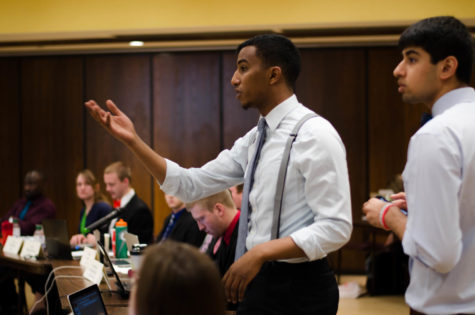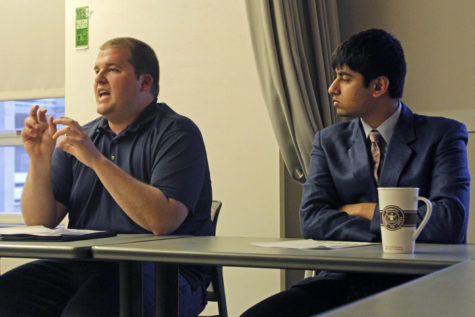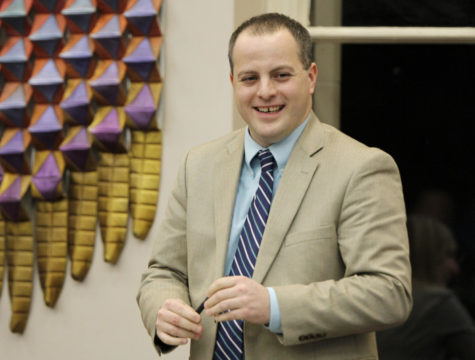Cyclone debt still soaring above Hawks, Panthers
August 23, 2010
Iowa State still has the highest average student debt out of Iowa’s three public universities, despite the average dropping nearly $1,000 from last year.
Iowa State’s average debt is now at $29,767, compared to the University of Iowa’s $22,884 average. The University of Northern Iowa is just above the $24,000 mark.
Roberta Johnson, director of the Office of Student Financial Aid, said there are a variety of factors that affect the numbers.
For instance, Iowa State has two programs that are five-year programs, architecture and landscape architecture, whereas Iowa doesn’t have any five-year programs, Johnson said.
Johnson said the schools use a similar system for calculating the average student debt, but in the past there was a gray area on whether to count the first four years of a student’s debt, or to count the total amount of a student’s debt if he or she were in school for more than four years.
Another area that might be different is how the universities deal with student debt.
Iowa State was packaging private loans as a part of what students borrow instead of using the Financial Plus loans that are available to them.
Johnson also said Iowa State’s debt has declined since fiscal year 2005-06, while Iowa and Northern Iowa’s debts have been mostly increasing.
Johnson gave credit to a variety of initiatives across campus that have helped students decrease their debt.
The Government of the Student Body started a “know your number” campaign a few years ago which put the average student debt on display in the CyRide buses.
GSB has also created a peer-to-peer financial mentoring group that is currently trying to increase enrollment in classes such as Human Development and Family Sciences 183 and 283.
Johnson said they were successful at adding a graduate assistantship to HD FS 283, so it was possible to add seats in the online section this semester.
The dining centers going trayless is another way the university is saving students’ money.
Johnson said the dining centers are able to save money on food waste by forcing students to carry less food at one time.
The Student & Scholars Health Insurance Program was also able to keep down costs as it was able to keep the premium the same as last year.
“The university is really taking a very holistic approach in terms of meeting costs with students,” Johnson said.
Johnson said she would love to see the average student debt be less than $29,000 next year, but it may be a difficult task.
Two three-year grant programs are ending June 30, 2011. The Federal Pell grant program has a grant that went out to certain high school scholars, and a National SMART grant for students entering into science and technology fields will both be ending.
Johnson said she is unsure if the Pell grants will pick up the slack once the other two programs are finished or if there will be an initiative to keep the programs going.









